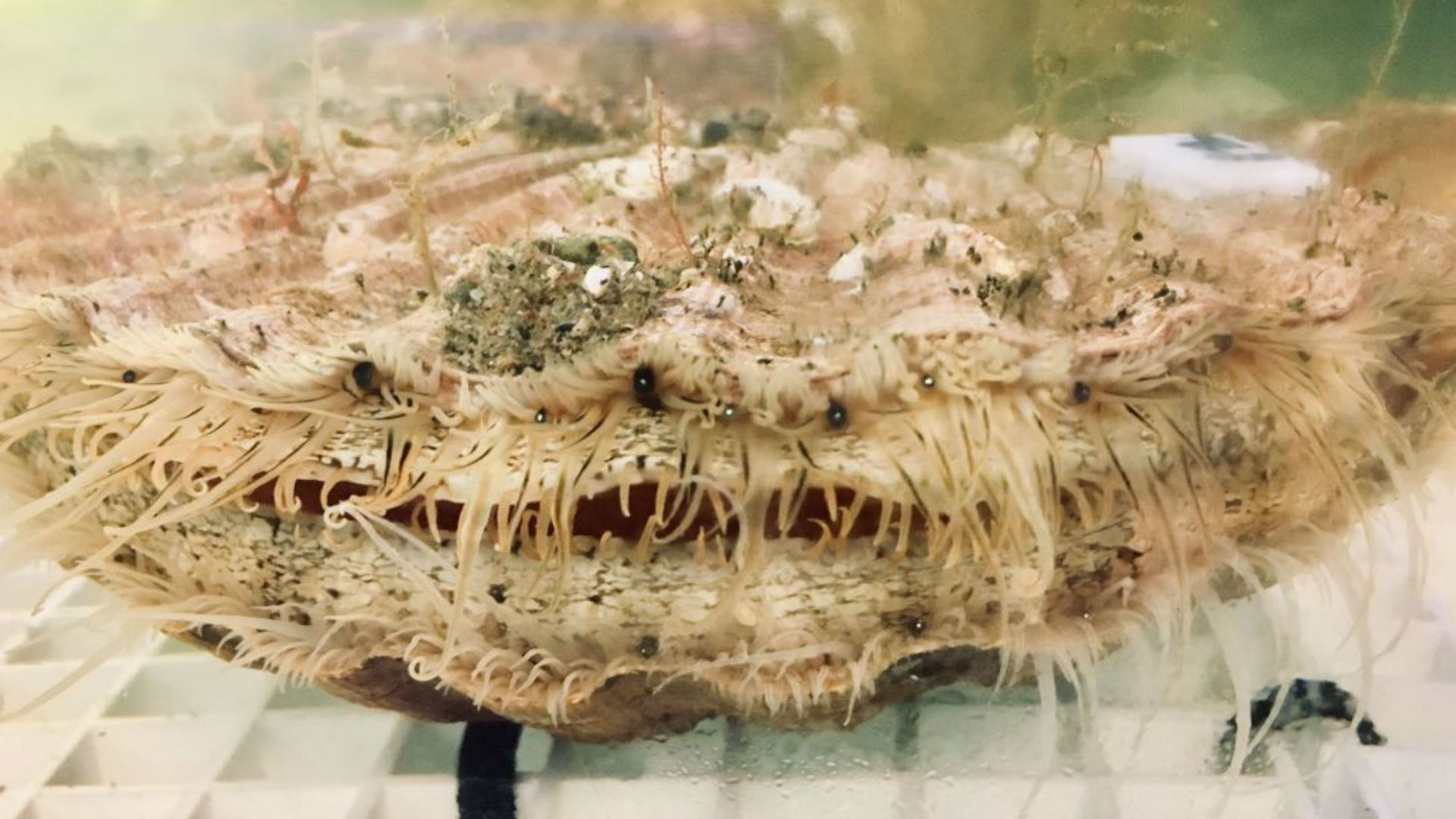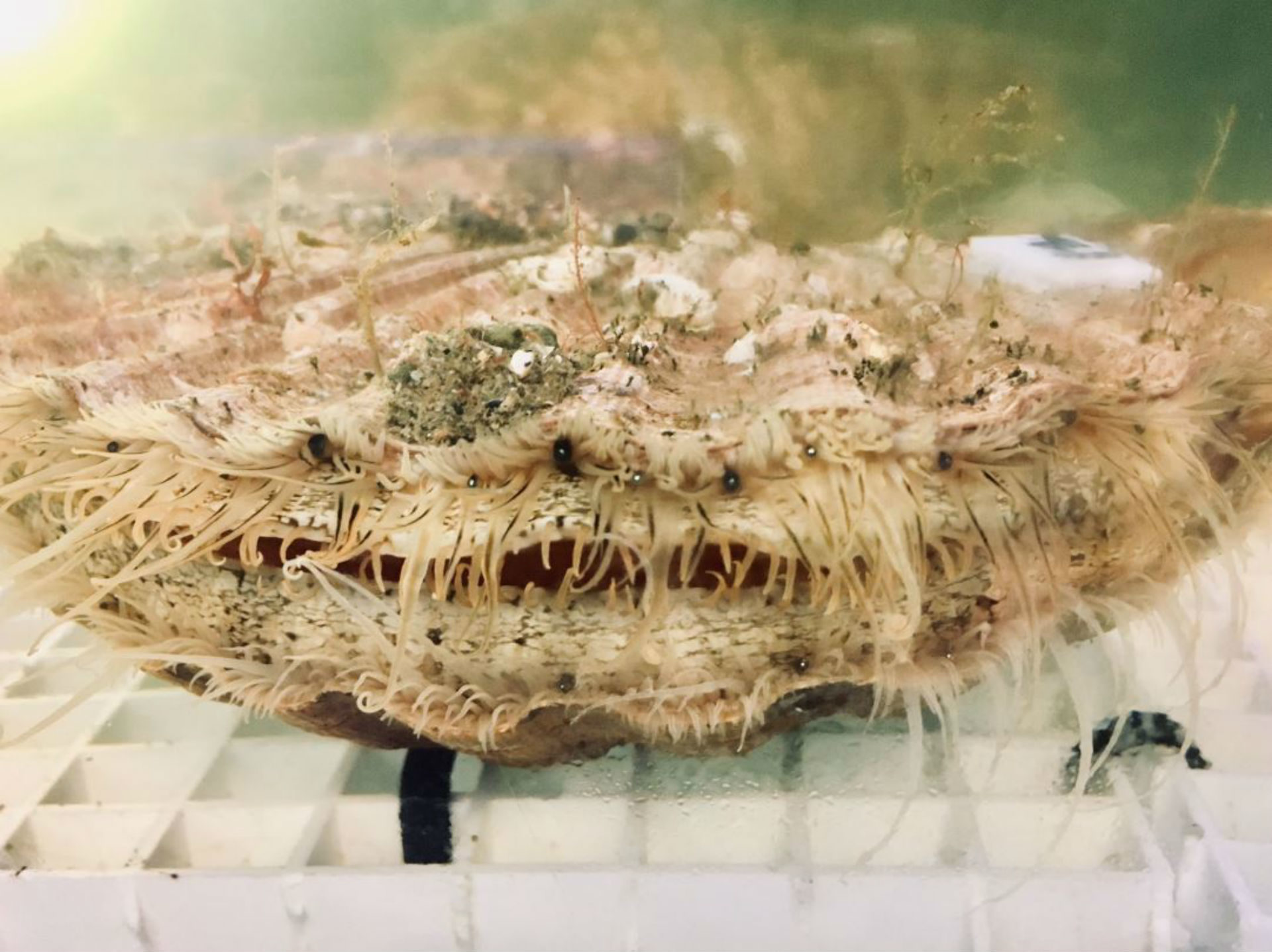
Our Hatchery Technician, Jessica Harvey, has been busy over the past few weeks setting up our new scallop hatchery. Here, she explains the aims behind this exciting project – as well as providing an update on the progress made so far.
Most of us enjoy seafood on a regular basis, but how often do we stop to question the impact that some of our food choices can have on the environment?
At the Ocean Conservation Trust, we are aiming to work towards a more sustainable future. We would like to introduce to you our very exciting and newly repurposed…
Scallop hatchery!
The king scallop (Pecten maximus) is one of two species of scallop cultivated for food in the UK. Cultivation of scallops in the UK is primarily dependent on wild-caught Scallops in their early life stages, known as ‘seed’. These are then commonly left in the Ocean to grow to a suitable size for seafood. The primary source of collecting the king scallop is currently dredging.
Sadly, dredging is believed to have the most damaging ecological effect of all fishing methods in the UK due to the damage it causes to the sea bed and the benthic species that live there.
What are the aims of the UK’s first Scallop hatchery?
1…Our hatchery will allow the King Scallop’s population numbers to recover. We will do this by breeding and rearing the scallops through their entire life cycle, from egg to juvenile! This ‘seed’ will replace that taken from the local environment.
2…We are aiming to replace dredging with diver hand-picked premium Scallops that are sustainably and locally produced.
3…Provide education to the general public. We hope to get more people on board with the concept of a sustainable future by providing a local, accessible and sustainable source of seafood.
Progress so far
– The hatchery has been fully cleaned and made suitable for the cultivation and rearing of Scallops
– We have been working closely with Plymouth Marine Laboratory to cultivate live algae for all life stages of Scallop feed here at the NMA
– The algae is now at a density whereby we are able to feed it to our adult Scallops
– We have 10 diver-collected Scallops in the hatchery. They have been anatomically inspected and are almost ready to begin spawning!
Keep an eye out for regular updates from Jess over the coming months as the project gets further underway.


